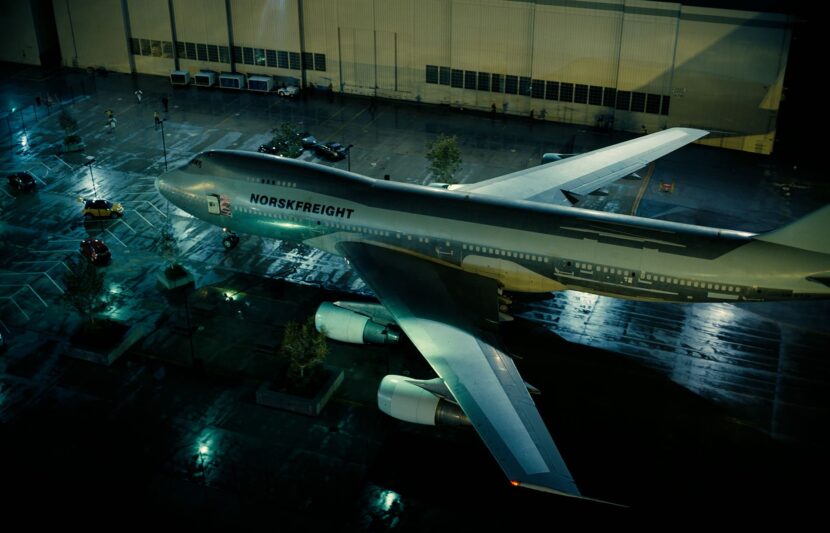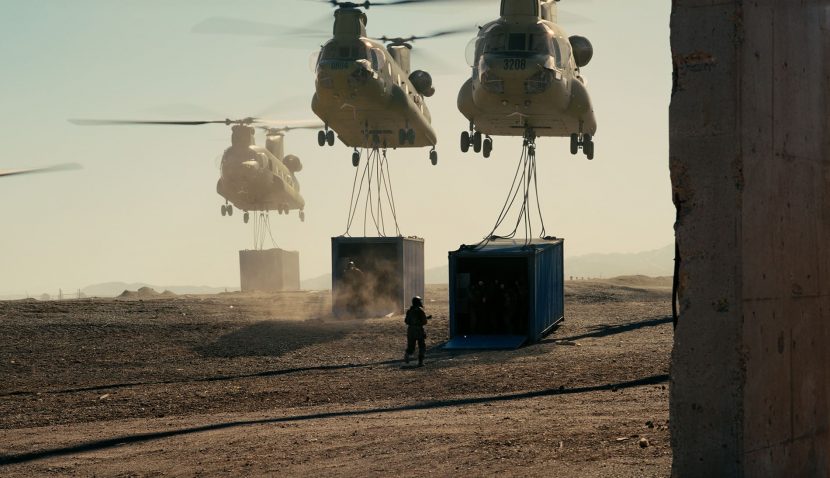In this fxpodcast episode, we talk to acclaimed visual effects supervisor Andrew Jackson (Tenet, Dunkirk, Mad Max Fury Road). Jaskson led the incredible DNEG team but he is known for this mastery of films that achieve much of their visual impact from clever on-set live-action approaches to complex visual problems. Tenet was nothing if not a film that presented some of the most complex visual puzzles in modern film making.
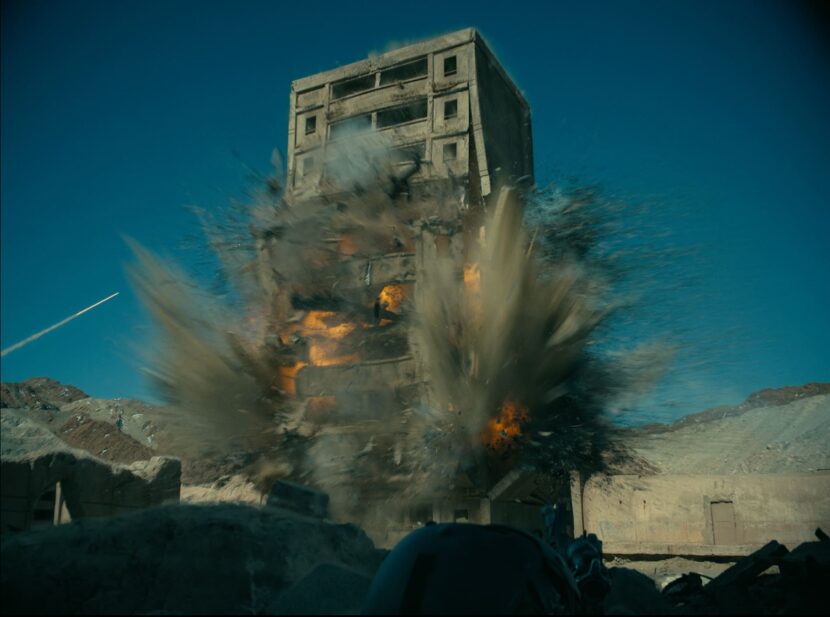
An unnamed CIA agent, the “Protagonist”, participates in an undercover operation at a Kyiv opera house. After being captured, tortured, and finally rescued, the Protagonist learns that he is now employed by a secret organization called Tenet, whose mission involves the human race’s survival.
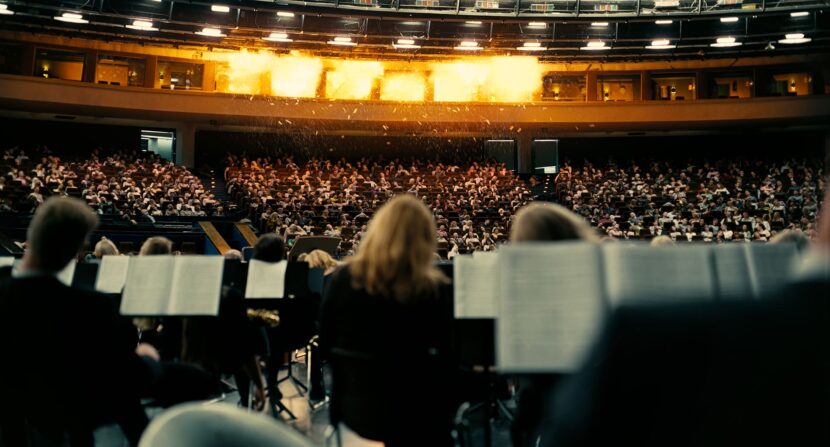
Central to the film’s complex plot is the idea of “inverted” entropy which allows things to move backwards through time. The film was directed by Christopher Nolan and the visual effects were by DNEG lead by Andrew Jackson. DNEG has done most of Nolan’s films, but traditionally with DNEG co-founder Paul Franklin leading the team. With Franklin unavailable due to other projects, Jackson joined DNEG after his incredible work on Mad Max Fury Road. This is Jackson’s second film with Director Nolan, his first being the acclaimed Dunkirk in 2017.
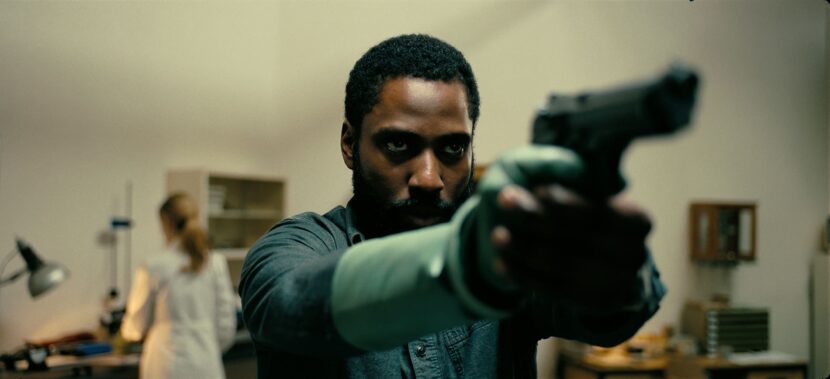
Nolan took more than five years to write the screenplay after deliberating about Tenet‘s central ideas for over a decade. Pre-production began in late 2018, casting in March 2019, and principal photography lasted three months in Denmark, Estonia, India, Italy, Norway, the United Kingdom, and United States, from May to November. The cinematographer was Hoyte van Hoytema and the film was shot on 70 mm in IMAX.
For the film’s extremely complex and taxing story, scenes with inverted entropy or time manipulation were filmed both backward and forwards, as Jackson discusses in this week’s fxpodcast. The film is remarkable in many ways and relies heavily on in-camera special effects, something Andrew Jackson wholeheartedly supports and encourages on the films he supervises. The film crashed a real 747 Jet and had upwards of one hundred vessels and thousands of extras in the film.
The film used a variety of visual and special effects including models, complex practical rigs and digital visual effects, including real, model and digital Chinook Helicopters and hybrid real and digital yachts. But one of the most complex tasks was just piecing together the script and working out the action. Andrew Jackson ended up on set with a Maya version of shots so the whole team including the actors could review a shot forwards or backwards, from any angle, to inform their shooting and acting decisions.
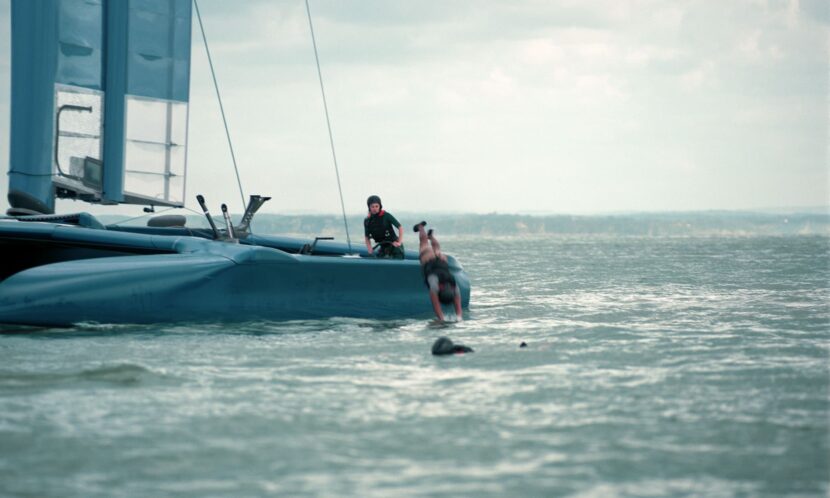
Andrew Jackson and fxguide’s Mike Seymour have previously worked together in Sydney, and Andrew has been our guest on fxguide before. Most noticeably, as you can hear in the new fxpodcast, the Andrew visited our fxphd.com offices in Sydney after Mad Max: Fury Road. In that interview, Mike Seymour and Andrew Jackson discussed the nature and approaches to visual effects supervision in general and Andrew’s general approach to any film he works on. That interview was part of fxphd.com and it is remarkably relevant today, a copy of the video interview is below.

